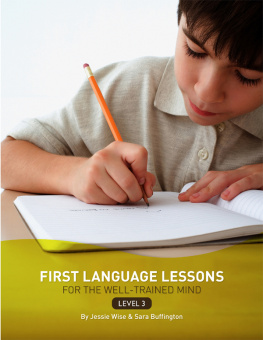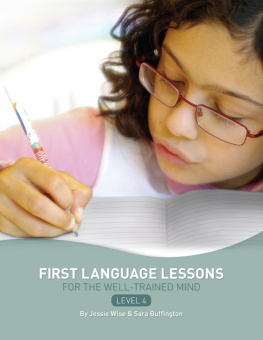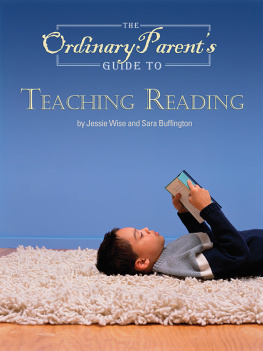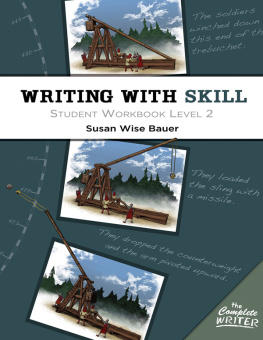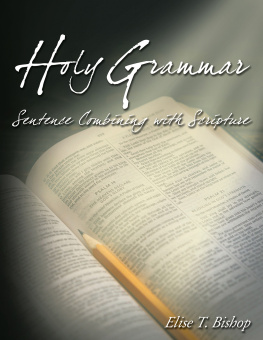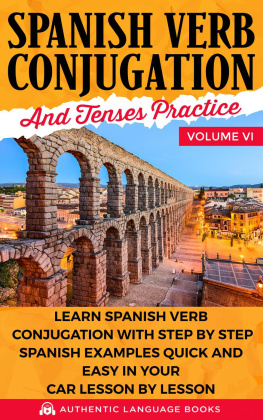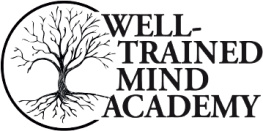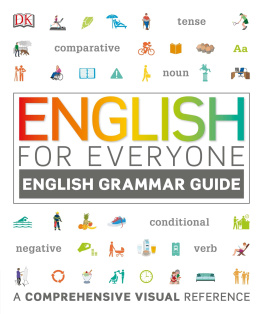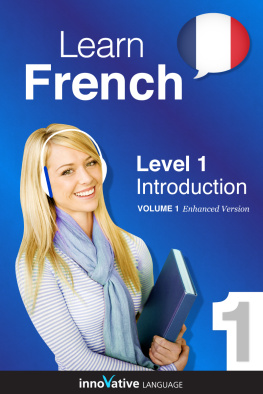
 | FIRST LANGUAGE LESSONS FOR THE WELL-TRAINED MIND |  |
LEVEL 3
by Jessie Wise and Sara Buffington

This e-book contains some places that ask the reader to fill in questions or comments. Please keep pen and paper handy as you read this e-book so that you can complete the exercises within.
 TABLE OF CONTENTS
TABLE OF CONTENTS 
Lesson 14
Lesson 33
Lesson 52
Lesson 71
Writing Letters Lessons
Dictionary Skills Lessons
Oral Usage Lessons
Reference Materials
 INTRODUCTION
INTRODUCTION 
The Four-Strand Approach
This book uses four different strands to teach grammar and punctuation rules, proper usage, and writing skills.
Strand 1: Memory Work
Memorizing Poetry
Poems store beautiful language in the students mind. Memorizing poetry gives the student confidence that he can indeed retain material. This confidence extends to his memorization of material in history, science, and literature. Also, memorization can actually train the students attention span. He is not just passively being exposed to information; he is actively engaged in a mental exercise. There is a good memorization technique in the first poetry lesson of this book.
Memorizing Rules and Definitions
The technique for memorizing rules and definitions is practiced in the scripted lessons. A summary of the rules, definitions, and lists to be memorized is on .
A note for students who have not used First Language Lessons, Levels 1 and 2: Several of the definitions and memorized lists of parts of speech were taught in the first two levels of this series. All of this material is reviewed in this book. However, you may wish to do extra review of these rules and lists. You may find it helpful to purchase the audio companion to Levels 1 and 2 (a CD containing both chanted and sung versions of definitions and lists to be memorized) from Peace Hill Press at www.peacehillpress.com.
Strand 2: Copywork and Dictation
At this level, copywork is still the primary tool to help the student store in his mind the look and feel of properly written language. Copywork engages both the visual and motor memory of the student. It gives the student correct models while he is still struggling with the basics of written conventions: spaces between words, capital letters, punctuation, and spelling. Supervise the student carefully and correct him when he begins to copy incorrectly.
When you dictate a sentence to the student, he must write it without looking at a written model. Dictation teaches the student to picture a sentence in his mind before putting it down on paper and also trains him to hold complete sentences in his memory as he writes. Dictation should be a precursor to any original writing, since it allows the young writer to practice mechanics without also struggling to produce original content. We will discuss a good technique for giving dictation in Dictation Exercises, later in this introduction.
Strand 3: Narration
Through copywork and dictation, a student learns to put words down on paper properly. Narration is simply the student retelling a passage that he has read or heard, putting it in his own words. Narration helps the student to listen with attention, to grasp the main point of a work, to think through a sequence of events, and to reproduce the events in his own words in proper, logical order.
Narration is also a precursor to original writing. There are no formal essays or creative writing assignments for the student to do in this book. In the primary grades, the student learns the proper structure of language through copywork and dictation. He learns basic oral composition through narration. In later grades, the student will use these skills in original writing.
Most narration beginners fall into one of two camps: they dont know where to begin or they dont know when to stop. If your student cannot think of anything to say, prompt him by repeating a couple of the comprehension questions, and have him answer each one in a complete sentence. If you have a very verbal student who goes on and on (and on!) when narrating, stop him and ask him to choose only two pieces of information and put those into sentences. For both types of students, narration is basic training in the skill of summarizing.
Strand 4: Grammar
This book teaches advanced grammar concepts to young students in a pleasant way. It is important to teach formal grammar in the early grades. Otherwise, the student may develop bad habits that he will have to unlearn later on. He will have to reorient his mind and ear to an entirely new way of constructing sentences.
This book introduces sentence diagramming. In the third grade, the student learns that a diagram is essentially a picture of a sentence. The diagram serves as a visual reinforcement of the function of each part of speech, particularly useful for visual learners.
Using the Lessons
Type Formatting in First Language Lessons
Suggested wording for the instructor is in traditional print.
Suggested answers for the student are in italics .
Answers to workbook exercises are in larger, darker print.
Notes to the instructor are in smaller, traditional print, between two lines.
Length of Lessons
This book is designed to be completed in one school year. If you do the lessons in the main part of the book but skip the end units, do about two lessons each week for the school year (36 weeks). If you decide to include the end units as well, plan on three lessons per week. See the sample schedules on .
A student doing third- or fourth-grade-level work will probably need to spend thirty minutes on this subject three days per week. If the lesson time exceeds thirty minutes, stop and pick up with the remainder of the lesson the following day. If a student is struggling to understand or if he doesnt write easily, he may do some of the written exercises orally instead.
The Use of Inclusive Pronouns
A note from Jessie Wise: I studied advanced traditional grammar in the 1950s as part of my training in teaching certification. I learned that the pronouns he and him were generic pronouns, used to refer to both men and women. Although I understand why some users would prefer to see an alternate use of he and she, I find this style of writing awkward; my early training shapes my usage! So I have used he and him to refer to the student throughout. If you prefer, simply change these pronouns to she and her.
The Students Workbook
All of the lesson numbers in the teachers book match the lesson numbers in the students workbook (ISBN 978-1-933339-08-5, Peace Hill Press, 2007). The student needs a pencil for each workbook lesson. The student should keep a bookmark in his workbook to easily find his place at the start of the lesson.
Next page
